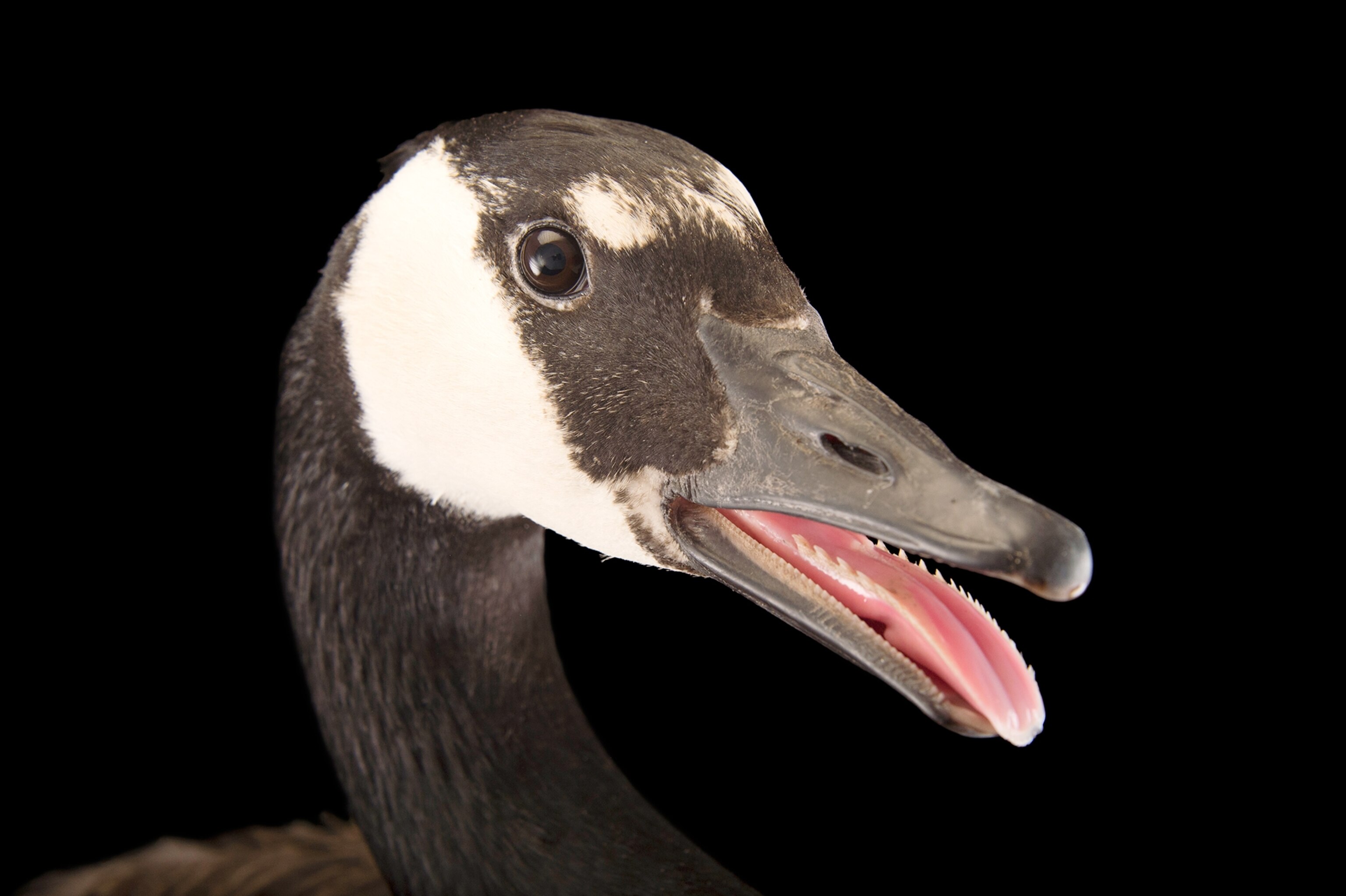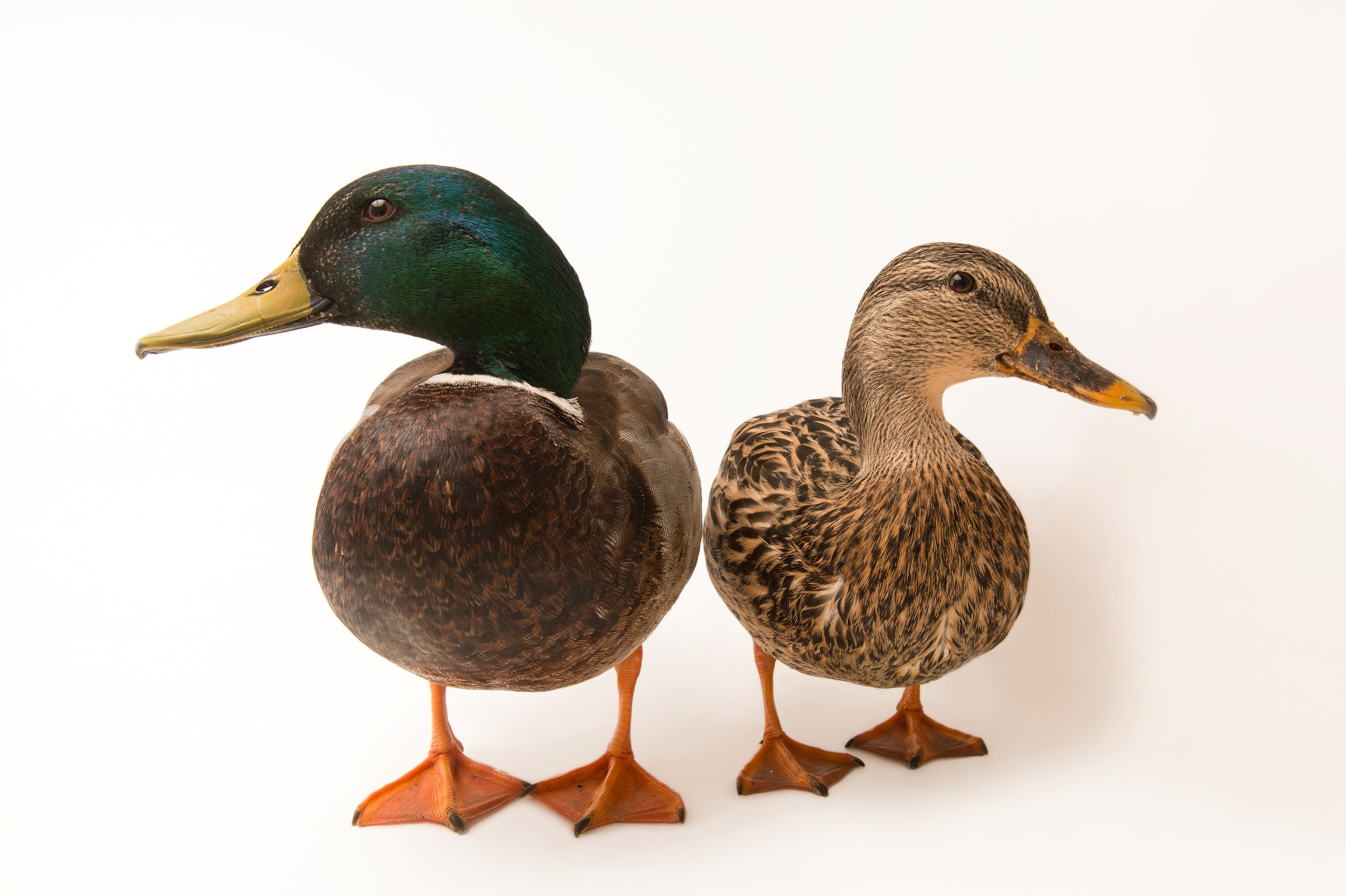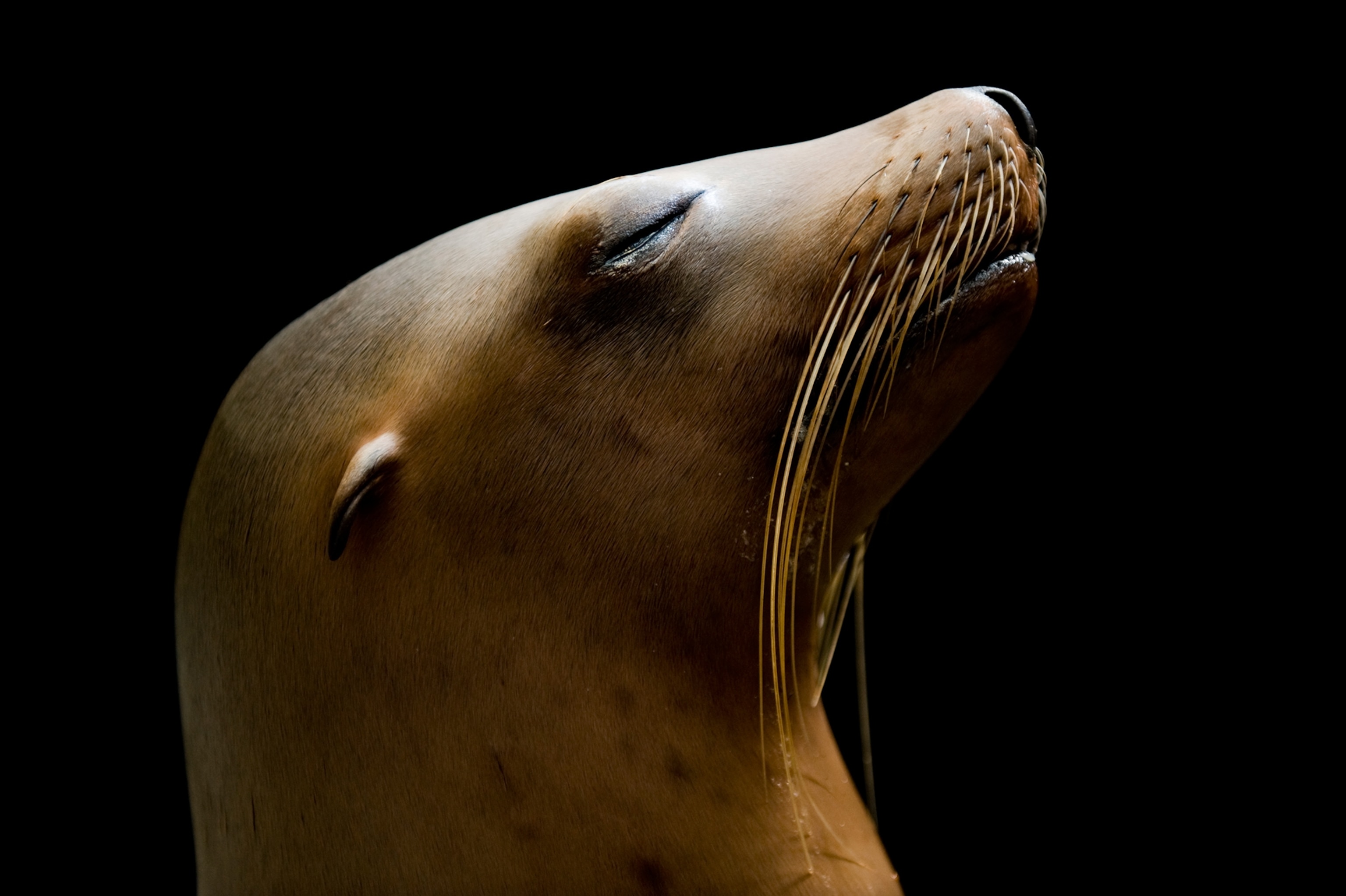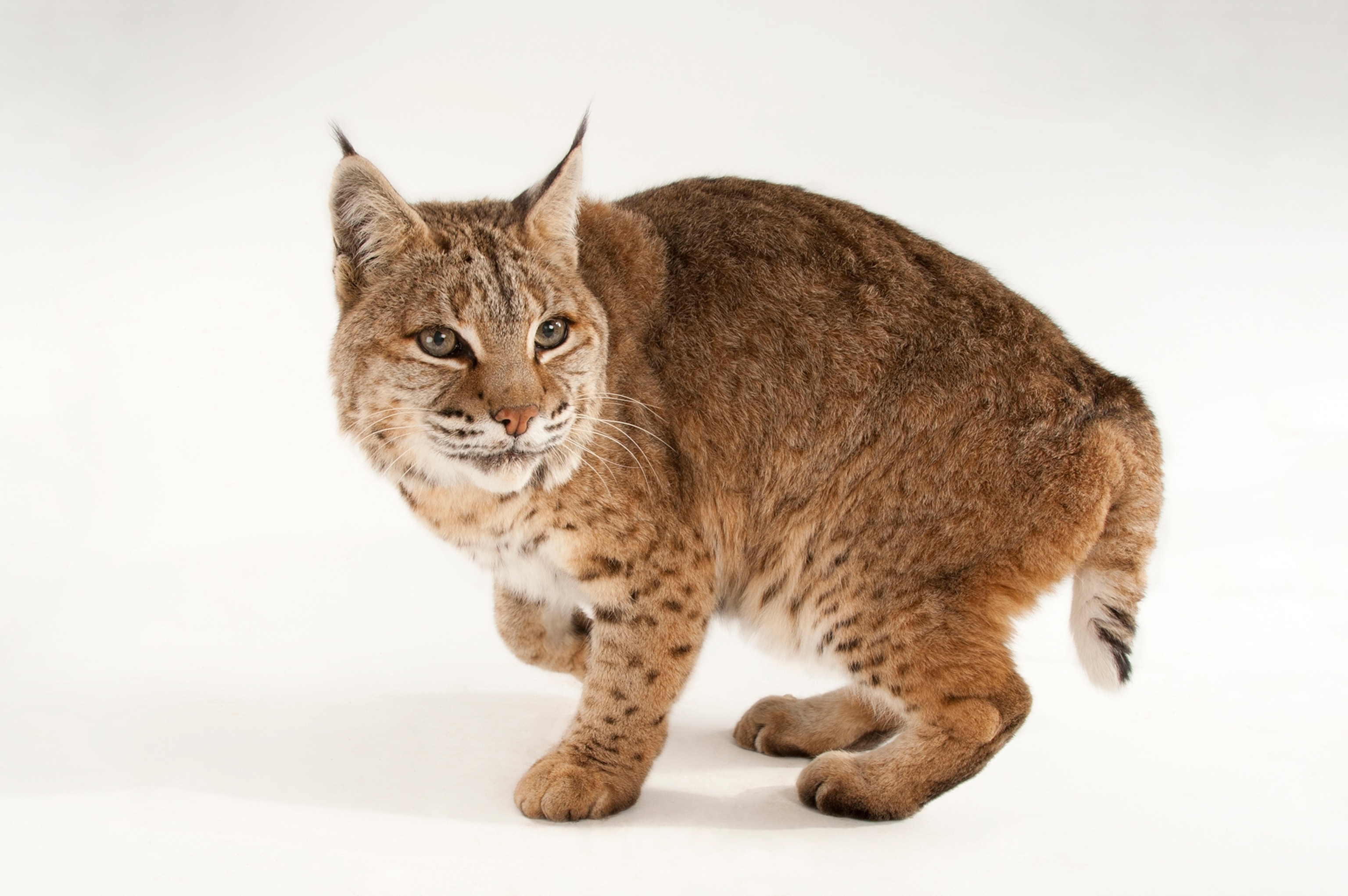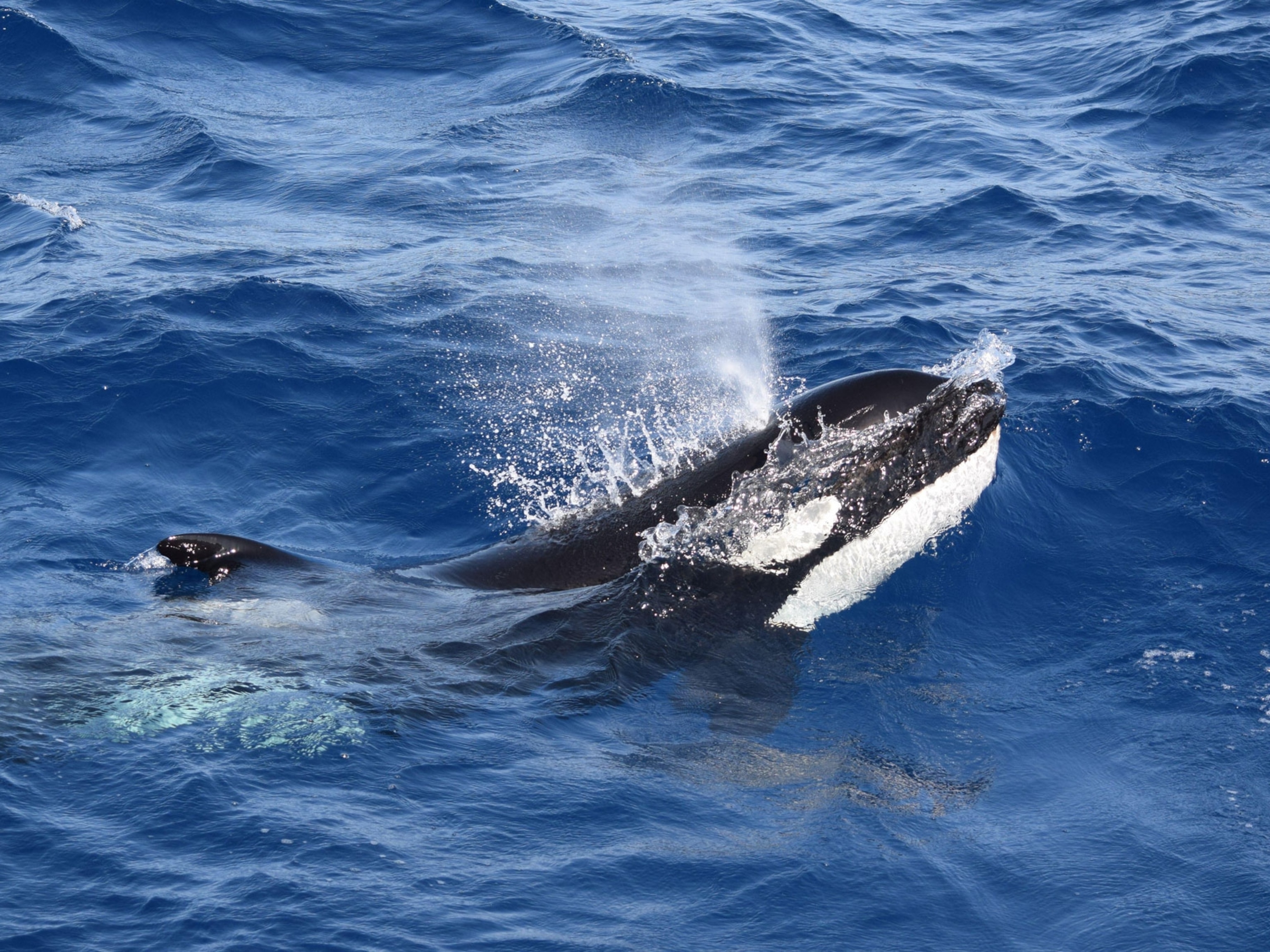Watch: How to Kick Raccoons Out of Your House—Humanely
New video filmed in Washington, D.C., shows that nesting raccoons can be safely relocated.
It happens all the time in North America—a female raccoon finds a hole in a roof, a loose board on a porch, or a way into a crawl space and sets up house, often raising a family.
When they're discovered, the incredibly intelligent animals are often trapped and killed.
To solve the raccoon problem humanely, researchers have been testing a method called “eviction, exclusion, removal, reunion.”
With this technique, animal control experts wait until the mother leaves the nest, then remove the babies and block mom from reentering. The babies are placed in a safe space nearby. When the mother finds them, she moves them to a backup nest outside the home. (Watch a mother raccoon teach her baby to climb a tree.)
John Hadidian, retired senior scientist for wildlife at the Humane Society of the United States, set up an experiment to find out if this really works.
With a grant from the National Geographic Society Expeditions Council, he put cameras at raccoon nesting sites around Washington, D.C., and recorded what happened.
You can see the results in the video above. Suffice it to say, Hadidian was happy with the findings, which he shared with National Geographic.
How big of a problem is this? How invasive are raccoons?
They’re going to take advantage of anything they get in the urban environment to find a safe den, give birth, and raise babies. Before we came along, old hollow trees were the perfect places for raccoons. We came along, we cut down all those trees, and we put up all these structures with these analogues to trees, like chimneys. Or they move into the attic.
Had this kind of research on humane removal not existed before?
It hadn’t in this specific context, no. We’d been working with people around the world to talk about humane solutions, which is becoming more common as a best business practice. We knew the eviction, exclusion, removal, reunion model—which we got from Canada—was the best model out there.
What do you say to people who argue that these are pests, so why not kill them?
Some people feel that way. Other people feel like [raccoons] are just doing what they do. They’re not causing any other problems, so why not just let them live? I think people’s attitudes are changing toward wildlife, and it’s not just that they’re here for our benefit and we’ll exploit them, and [people are] thinking more about a holistic environment where we share living space and both benefit from the presence of each other. (Also see "Famous Cougar That Was Holed Up Under L.A. House Returns to Wild.")
What about rabies?
Rabies is a very serious disease. It should be taken seriously. It did hit here very hard. I got my start in 1982 when the rabies outbreak was approaching Washington, D.C. A lot of animals died, but there were very, very few human exposures. To date, there’s only been one person who has died of raccoon rabies in this area.
The bottom line is that we need to take rabies seriously, but fortunately we have these very professional and quick-to-respond animal control agencies. When a wild animal is doing something strange, they’ll come and deal with it.
What do you hope happens next?
What this research has given us is the ability to understand the role of cameras in the work we do. It’s taught us that we need to be very, very careful when we’re evicting—that we get every animal out, and the cameras are a powerful tool for that.
I think it’s really important that people understand the dynamic. I hope it eases people into the tolerant side of all this.
There’s still a lot of misunderstanding out there. The more we know about raccoons, the more we learn, the more understanding and accepting we can become.
This interview has been condensed and edited.
Follow Gabe Bullard on Twitter.




